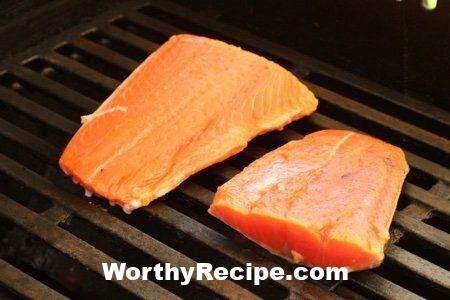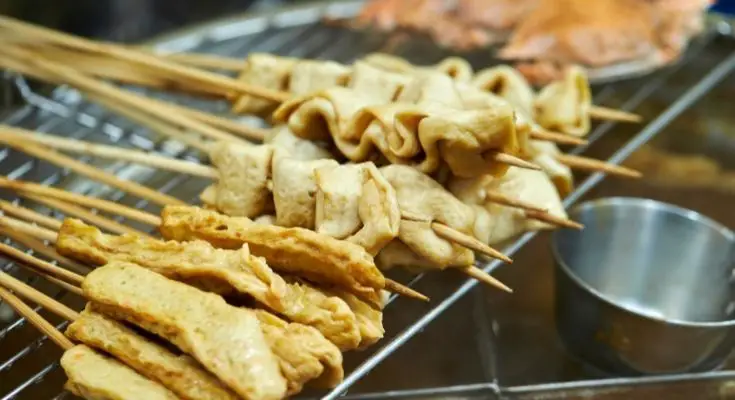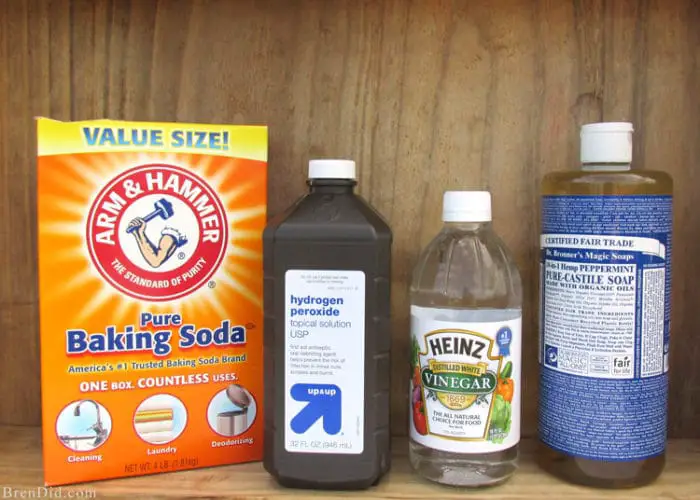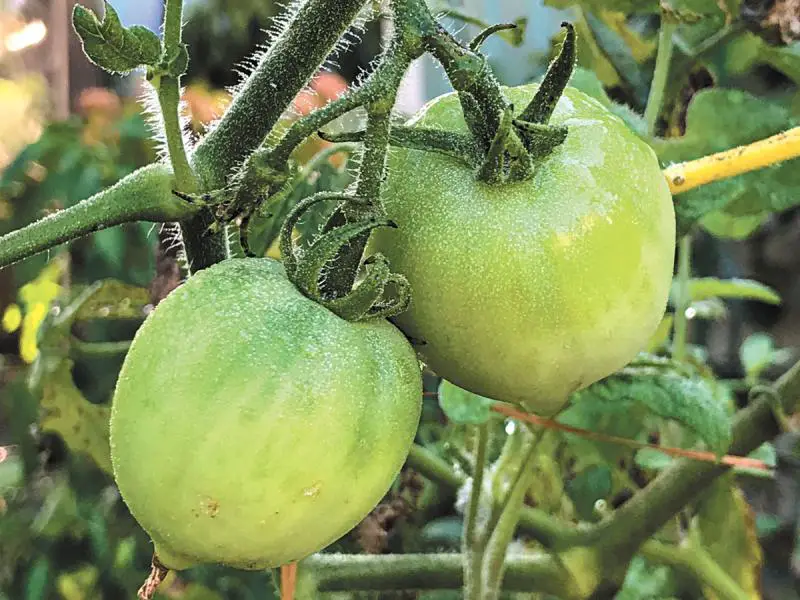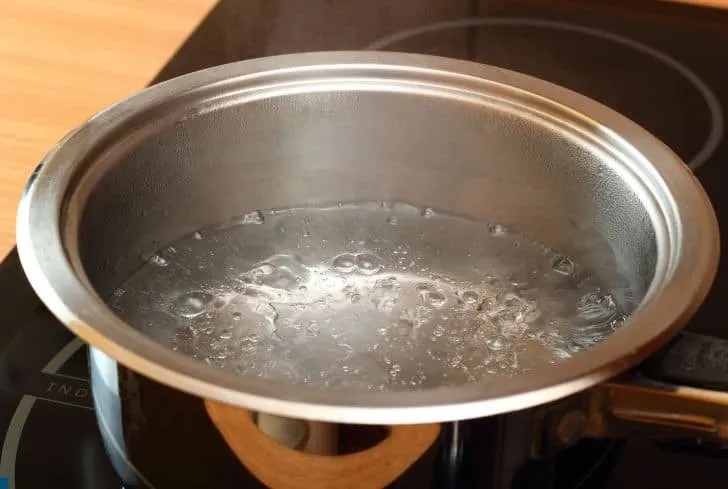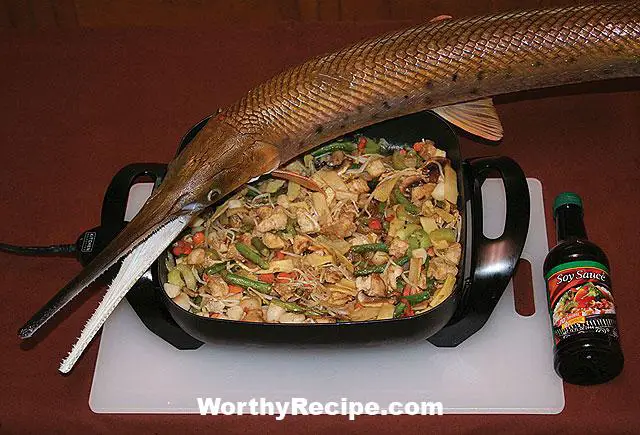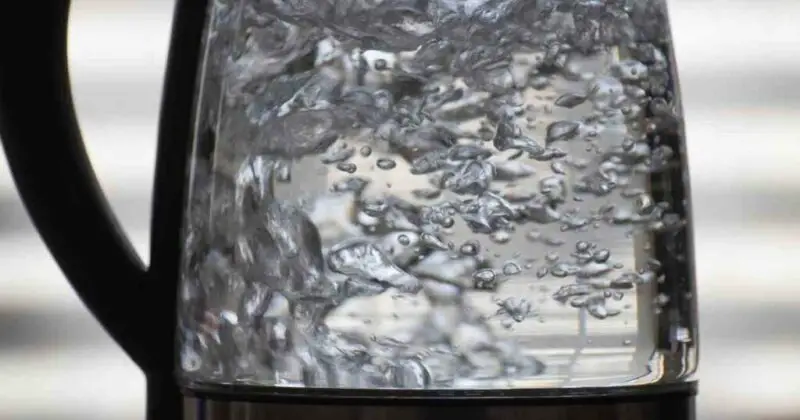Can You Cook Frozen Salmon on a George Foreman Grill?
Cooking a healthy meal for your family is always a great idea. One of the healthiest options is salmon, a low-fat protein source rich in omega-3 fatty acids, vitamin B12, and many other essential nutrients.
Frozen salmon is a convenient option, but can you cook it on a George Foreman grill? The answer is yes. In fact, George Foreman grills are perfect for cooking frozen salmon since their high heat quickly cooks the fish and ensures that it remains moist doneness. Here’s everything you need to know about cooking frozen salmon on a George Foreman grill.
Choosing the Right Salmon
The type of salmon you choose matters when it comes to grilling. While all types are delicious, some are better-suited to grilling than others. Here are some types of salmon that are best for your George Foreman grill:
- Atlantic salmon: Atlantic salmon has a mild flavor and buttery texture that goes well with spices.
- Coho: Coho salmon has medium to firm texture with sweet flavors.
- Chinook/King: Chinook or King salmon has a high level of fat that gives its meat silky texture, making it perfect for grilling.
- Pink: Pink salmon has firmer texture and is less oily than other salmons, making it perfect for beginners in seafood cooking.
In addition to type, consider whether you want wild or farmed salmon. Wild-caught salmon is generally healthier but also more expensive than farmed salmon. However, if you’re on a budget, farmed salmon can be an excellent choice since they have a similar taste and nutritional profile as wild-caught salmon.
When purchasing frozen salmon, buy fillets that are of consistent size, color, and firm texture. Look for vacuum-sealed packages to prevent freezer burn. Make sure the package is free from any odor or discoloration.
Preparing Frozen Salmon
The first thing you need to do before grilling frozen salmon is thawing it. While there are ways to grill frozen salmon directly, thawing it first ensures even cooking and better quality. To defrost the salmon, there are two options:
- Refrigerator thawing: This method requires 8-10 hours of thawing time in your fridge. Put the frozen salmon in an airtight container or Ziploc bag and place it at the bottom shelf of your fridge.
- Cold water thawing: You can also opt to submerge the frozen salmon in cold water to ease up the thawing process. Place the vacuum-sealed package of salmon in a large bowl filled with cold water for 30 minutes until soft.
Once fully defrosted, you can then start seasoning and marinating your fish. Some popular seasonings for grilled salmon include salt, black pepper, garlic powder, onion powder, cayenne pepper, lemon juice, and herbs like dill or thyme.
Prepping Your Grill
Cleaning and maintaining your George Foreman grill play a crucial role in how well your salmon cooks and how easy it will be to clean up afterward. Before grilling frozen salmon, make sure that the plates are clean from any debris or residue from previous cooking sessions.
If this is your first time using your grill or need a deep clean, ensure you disassemble your grill and wash the removable parts. Use a damp cloth to wipe your grill’s interiors and exteriors down. You can also opt to use a scraper for stubborn food residue.
Once your grill is clean, turn it on and let it preheat before cooking. Preheating cooks the fish evenly and ensures that the outside is crispy while the inside moist.
Cooking Frozen Salmon Step-by-Step
Now that you’ve prepped your fish and grill, it’s time to start cooking. Here’s how to do it:
- Preheat/prepare the grill: Before placing salmon fillets on your George Foreman grill, preheat it for a few minutes on high heat. When the surface is hot, rub a little oil on the plates using a kitchen brush or spray the non-stick spray over it.
- Season/fillet the salmon: Season salmon fillets with salt, black pepper, garlic powder, onion powder, or any other recipe of choice. Place each fillet individually in foil or skin-side up into the grilling surface.
- Place the fish on the heated grill: Once oiled-up and seasoned, place each fillet onto the hot grilling surface to avoid sticking. Switch your temperature setting to medium heat.
- Checking for doneness: Keep an eye on it; depending on their thickness, it will take around 6-7 minutes per side until these get a golden brown color with opaque meat underneath.
- Removing from Grill: After successful cooking with visibility of opaque flesh lined with golden brown texture on both sides of the fillet. The time has come to remove from grill as required by recipe instruction.
Troubleshooting and Tips for Perfectly Cooked Salmon
Grilling frozen salmon is relatively easy, but it can still have its challenges. Here are some tips to avoid common cooking mistakes and ensure that your fish grilled to the perfection:
- Do not overcook your salmon. Overcooked salmon is dry and lacks flavor. Use a timer to keep track of the cook time.
- Use a meat thermometer: To check if salmon is done, insert a meat thermometer into the thickest part of the fillet. It should read 145 degrees Fahrenheit (63℃) when cooked through.
- Foil: If you want to avoid the cracking and sticking of skin while grilling, use an aluminum foil between the grill plates and salmon skin.
- Do not wash up: The oil from your seasoning prevents sticking naturally; washing fillets with water will diminish or removes this effect leading to more seasoning and spiced stripped Salmon.
Serving Suggestions
Cooked salmon tastes yummy on its own, but pairing it with other side dishes makes it even better. Here are some serving suggestions:
- Mixed Vegetables: A bed of any mixed vegetable like asparagus or broccoli complement with brown rice enhances Salmon taste as well as adds up nutritional values of fiber etc.
- Salsa: Fresh and tangy salsa with diced pepper, onion, tomato, parsley cilantro tenderly rubbed in olive oil then roasting in oven at 360F prior to serving complements with perfectly Cooked Grilled Salmon .
- Lemon: A simple squeeze of lemon or lime over your salmon just before serving will add a fresh tang and helps reduce the fishy smell.
Remember, salmon is an excellent source of protein and many other essential nutrients. By pairing it with nutritious side dishes, you can elevate both its taste and nutritional value.
Conclusion
If you love grilled salmon but haven’t tried it with your George Foreman grill yet, now is the time to start! With this guide, you have all the necessary information to make perfectly grilled frozen salmon using your George Foreman grill.
Remember that the key to perfect grilled frozen salmon is simple preparation and attention to detail. Choose quality salmon, thaw, season well, and cook using high heat preheat while monitoring doneness. Utilizing tips for troubleshooting overcooking will prevent any cooking challenges when grilling frozen salmon.
Frequently Asked Questions
#### Can I cook frozen salmon on a George Foreman grill?
Yes, you can cook frozen salmon on a George Foreman grill. The grill’s design makes it easy to cook frozen foods quickly and evenly.
#### How long does it take to cook frozen salmon on a George Foreman grill?
Typically, it takes around 8-10 minutes to cook frozen salmon on a George Foreman grill. However, cooking times can vary depending on the thickness of your salmon fillet and the temperature of your grill.
#### Do I need to defrost the salmon before cooking it on a George Foreman grill?
No, you don’t need to defrost the salmon before cooking it on a George Foreman grill. In fact, cooking frozen salmon can help lock in the flavor and moisture.
#### What seasonings should I use when cooking frozen salmon on a George Foreman grill?
You can use any seasoning you like when cooking frozen salmon on a George Foreman grill. A popular option is to season the fish with lemon, garlic, salt, and pepper before grilling. However, feel free to experiment with different spices and herbs to find your perfect flavor combination.
